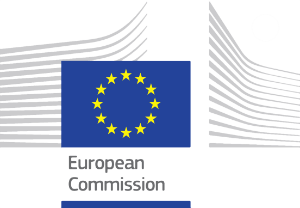Developing a digital format usually begins with an assessment of what its intended goal will be. Is the aim of the digital format to serve as a supplement to an on-site exhibition? If so, will it incorporate elements from the on-site exhibition or expand the content with additional materials? Will it be tied into the on-site exhibitions at certain points through links, QR codes or similar? Is it an independent venture altogether without an on-site counterpart? Should it be able to stand on its own without an analogue real-life exhibition? Who is the target audience? Questions of this nature are important in determining the structure, contents and mechanisms for digital online formats.
In the case of ReInHerit, the Digital Exhibitions intend to be both a supplemental offer to the Travelling Exhibitions and an independent online format that does not require visitors to have seen the Travelling Exhibitions. The main element tying the Travelling and Digital Exhibitions together are the intro- and outro stations. These serve as a strategy to establish the thematic area of the exhibitions and give the visitors the opportunity to explore their relationship to it through a set of philosophical questions. In the on-site exhibitions, the intro- and outro stations are available on a screen at the entrance and exit of the exhibition space respectively. In correspondence to this, in the digital exhibitions, they are the first page that visitors navigate to when they enter each of the digital exhibitions. The outro station includes a statistical overview of collected answers from both Digital and Travelling Exhibitions. Thereby, the two formats are linked at this joint element. You can read more about the intro and outro stations in their own dedicated documentation article.
In terms of the arrangement of elements, the Digital Exhibitions are designed to make use of the digital space rather than simply transferring the structure of the Travelling Exhibitions to an online format. This is achieved primarily by emphasizing interactive content formats for introducing the objects of the exhibition. While the Travelling Exhibitions also emphasize interactive modalities, they are somewhat limited to the possibilities of the analogue space and the applications and presentation devices available in the exhibition spaces. This constraint does not apply to the online formats, which enables the Digital Exhibitions to employ a greater variety of interactive tools that are tailored to the object and the stories they tell.
An essential decision for planning an online digital format is the choice of the platform it will be hosted on. Smaller museums might face challenges in this respect if they struggle with limited capacities and availabilities of online presence for their institutions. Ultimately, the choice of platform is influenced by a variety of questions ranging from budget considerations to structural decisions such as whether the digital format will be a standalone website or incorporated into an existing online presence. The hosting platform and architecture will also determine which kinds of content are feasible within the digital format.
Finally, a crucial topic to consider in offline and online spaces alike is the question of accessibility. The web and online spaces should not be an exclusive space and must not become a space that disregards inclusivity and accessibility. A useful reference for accessibility guidelines is the Web Accessibility Initiative.

